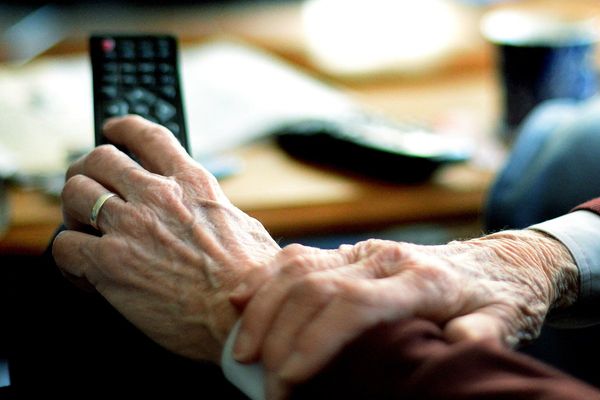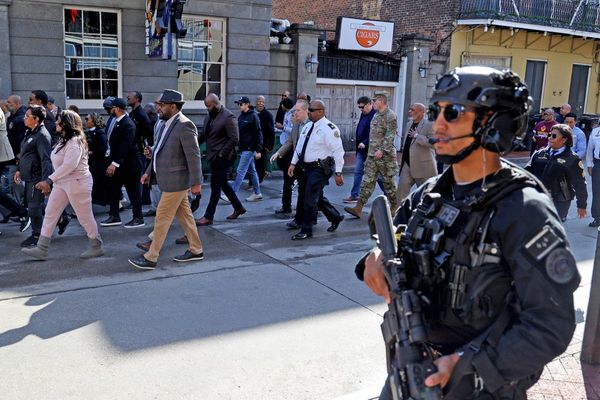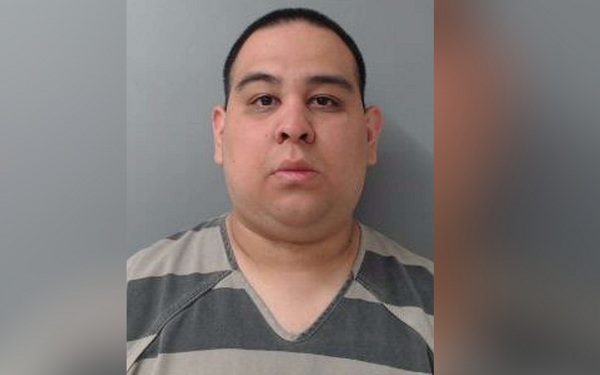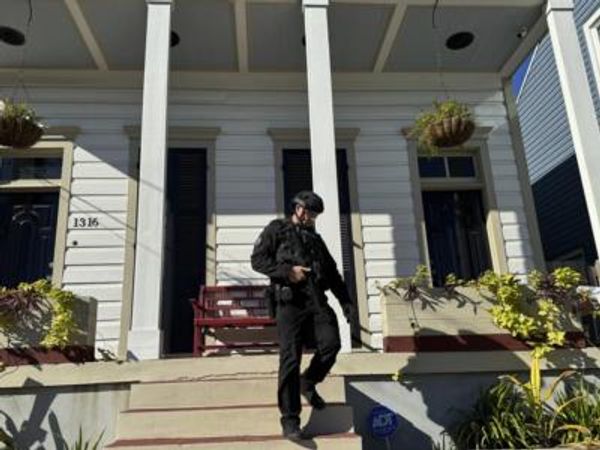
This is the Albanese government’s big budget. But does it contain the payoff Labor voters dreamed of?
Here’s why this budget counts: the first was an urgent mini-budget, and the next will probably be the final hurrah before an election campaign.
This is where Labor’s true values should shine. Prime Minister Anthony Albanese and Treasurer Jim Chalmers have been in office for a year now, with the public service at their disposal. That is plenty of time to develop policy that can reshape Australia to be fairer and better.
A budget is when you reveal that policy. A federal budget should weigh up all the priorities and move money to the most significant. And in theory, Labor’s priorities should be different to the Liberals’.
But is this a real Labor budget? What’s in here that looks different to what former treasurer Josh Frydenberg would have done?
The most progressive action the Albanese government has taken so far is not budgetary, it’s constitutional: the Indigenous Voice to Parliament. This gives the government a progressive halo without having to touch the federal coffers.
But the hard mathematics of budgets force governments to reveal how they make hard choices, as well as which constituencies they fear and want to coddle, and which they take for granted.
Assessing the 2023-24 budget will ultimately be a subjective exercise, because there is no Coalition 2023-24 budget to compare to! But let’s try to find the quintessentially Labor things this budget does. We are going to be firm, but fair.
Raising welfare
Labor can be proud it has lifted welfare payments by at least $40 a fortnight for JobSeeker and Youth Allowance recipients. This is the sort of thing that gives people a reason to vote for the party.
But lifting welfare is not its exclusive remit. Remember that political parties often play against type as they try to capture the political centre.
Indeed, neither Labor nor Liberal partisans would like to mention that Scott Morrison delivered a bigger lift to the rate of welfare payments than Albanese, raising the basic rate of JobSeeker by $50 a fortnight from the 2019 Newstart levels of $555.70 a fortnight. It’s worth bearing in mind.
After a bit of indexation to keep up with the consumer price index, JobSeeker now pays $693.10 a fortnight. This budget adds $40 to that for most JobSeeker recipients, and $92.10 for those aged over 55.
Climate change
This budget shows no signs of urgency at all on climate. There’s a section in the budget speech where Chalmers talks about how we will become a “renewable energy superpower”. But when you dive in, it all rests on hydrogen.
The government has committed $2 billion to help achieve that, but you won’t see it in the budget figures — instead it will be held in the “contingency reserve”. Which is a fair sign it doesn’t really expect to spend any of it in the foreseeable future.
The idea of getting Greens and teals into Parliament is to pressure the government to deliver more on climate change — to take Labor policy positions up to the brink of what is comfortable for the party’s constituency, and risk backlash.
This budget shows the new complexion of Parliament has not yet done enough to overcome policy inertia.
Failure to ditch stage three tax cuts
Look not at where Labor is taking heat, but where it isn’t: the gas industry is happy, the editors at The Australian are quiescent, big business is pleased. But the constituency Labor is most willing to annoy and infuriate — the one group it knows it can piss off safely — is its own voters.
It is committed to a big tax cut for the rich, because there’s no way it can ditch the stage three tax cuts next year, at the last budget before an election. That would be electorally unwise.
Single-parent payment
Would the Liberals have expanded this payment? Almost certainly not, but it’s worth pointing out it was cut by Julia Gillard in the first place, so it’s not as though Labor has been relentlessly kind to single parents by lifting the age cap from eight to 14.
Lifting it is good policy though, and costs only $1.9 billion over five years — a piddling $400 million a year to help elevate the lives of 110,000 children at risk of poverty.
Frydenberg likely wouldn’t have touched this policy if he were treasurer for this budget, but at next year’s, as an electoral softener, who can say?
This budget does shift Australia in a more progressive direction. Changing government does something — but it isn’t a revolution.
The increase in the single-parent payment is an additional $400-500 million a year in a budget of $680 billion. That’s less than 0.1% of all spending. The increase to JobSeeker is about three times the size of that, but still less than two-tenths of a per cent of all government spending.
Wrap-up
Ultimately the lesson of this budget is that the horse race — the big expensive contest between parties — delivers marginal differences in policy. A shift here, a tweak there.
But recently we’ve got a better sense of what causes radical policy change. What a Liberal prime minister delivered during the COVID pandemic is 100 times more different to what one delivers in normal times. And what a Labor prime minister delivers in normal times is closer to what a Liberal prime minister delivers in normal times.
Labor voters can be proud there has been change. But we should all remember that circumstance and what is deemed politically realistic can do far more to smooth the path of change than simply changing government.







